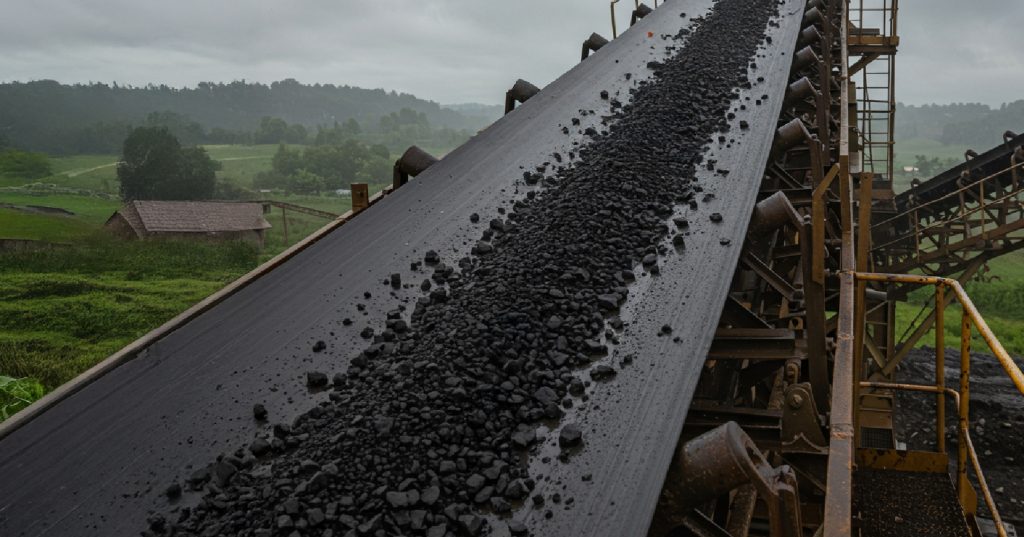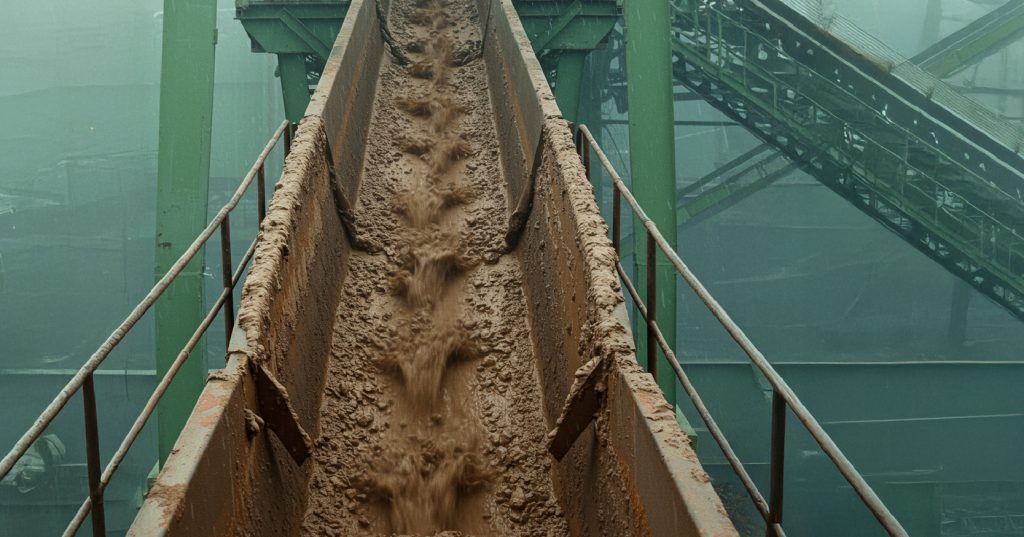

Monsoon season is a critical period for industries relying on bulk material handling (BMH) equipment. Ansys Rocky enables O&M teams to optimize bulk material handling even during the challenging monsoon season. Increased moisture, stickiness, and cohesion in materials can disrupt entire operations, causing delays, equipment failure, and safety hazards. Fortunately, with advanced Discrete Element Method (DEM) simulation tools like Ansys Rocky, operation and maintenance (O&M) teams can mitigate these challenges with precision and confidence.

Rocky allows O&M teams to virtually model equipment behaviour under rainy-season conditions. This includes high humidity, water-laden particles, and altered flow dynamics. Engineers can plan ahead for potential blockages and performance dips.
By simulating different operational parameters, Rocky enables design tweaks and throughput adjustments that significantly reduce the risk of choke points and spillage. Plants can fine-tune systems to function smoothly during monsoon months, rather than pausing production or relying on parallel circuits.
Iron ore granules, including particles as fine as 10 microns, can be modelled using Rocky’s Coarse Graining Model (CGM). This allows engineers to understand and plan for the unique behaviour of ultra-fine materials, which often create the worst flow problems during monsoon.
Ansys Rocky is the only DEM tool that offers Smoothed Particle Hydrodynamics (SPH), enabling simulation of water-based processes such as slurry handling and sticky material flow. This is a game-changer for industries dealing with moisture-sensitive materials.

For industries relying on bulk material handling, the rainy season need not be synonymous with downtime and disruption. Ansys Rocky empowers engineers to simulate, analyse, and solve O&M challenges before they arise. Whether it’s sticky iron ore, fine silica particles, or wet conveyor belts—Rocky helps teams stay ahead of the storm.